TOP 5 home wall insulation options
Even the most powerful and reliable walls of the house are most often not able to provide the optimal microclimate in the room. That is why warming becomes so necessary, which not only helps to maintain warmth and comfort in the house, to protect itself from the negative effects of street conditions, but also to save decent money on heating. So, it has long been estimated that about 40% of the heat loss at home falls on the walls, so it is so important to properly insulate them. What materials can be used for this?
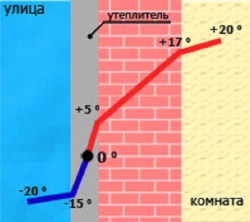 It is immediately worth noting that insulation can be external and internal. Internally, although it does not spoil house facade, nevertheless takes up useful space indoors. External insulation It has a lot of advantages: it preserves the useful area of the house, protects the walls from external influences, so they remain in their original state for a long time. Such insulation does not affect the foundation in any way, but the main thing is that external insulation protects the walls of the house from freezing and from the formation of mold, fungus, which can appear if internal insulation is used. And, of course, external thermal insulation can still save home owners from unnecessary sounds, which is important for those who live near busy streets or highways. All these are common advantages of external insulation, but there are many options for organizing it, since the modern market offers a huge amount of such materials. What are their main features, advantages and disadvantages, and what insulation will be optimal in each specific situation?
It is immediately worth noting that insulation can be external and internal. Internally, although it does not spoil house facade, nevertheless takes up useful space indoors. External insulation It has a lot of advantages: it preserves the useful area of the house, protects the walls from external influences, so they remain in their original state for a long time. Such insulation does not affect the foundation in any way, but the main thing is that external insulation protects the walls of the house from freezing and from the formation of mold, fungus, which can appear if internal insulation is used. And, of course, external thermal insulation can still save home owners from unnecessary sounds, which is important for those who live near busy streets or highways. All these are common advantages of external insulation, but there are many options for organizing it, since the modern market offers a huge amount of such materials. What are their main features, advantages and disadvantages, and what insulation will be optimal in each specific situation?
No. 1. Mineral wool
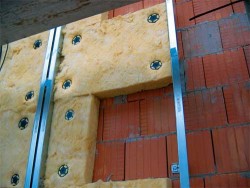 Mineral wool is very often used as insulation, which is associated with a number of its advantages. Mineral wool produced from artificial mineral fibers, and depending on what raw materials were used in its production, mineral wool can be stone, slag, etc. Material can be sold in the form of plates or mats, but in any case, all its advantages are retained.
Mineral wool is very often used as insulation, which is associated with a number of its advantages. Mineral wool produced from artificial mineral fibers, and depending on what raw materials were used in its production, mineral wool can be stone, slag, etc. Material can be sold in the form of plates or mats, but in any case, all its advantages are retained.
So, mineral wool is high thermal insulation properties, in fact, because of what it is used in the insulation of external walls. The thermal conductivity of this material is very low, comparable only with foam, so it is a reliable barrier to all colds. In addition, mineral wool has excellent vapor permeabilitythat will allow you to keep the optimal microclimate in the room. Another useful property of this material is incombustibility, therefore, even with the ignition of the house, you can be sure that the mineral wool will not ignite, and, therefore, will not emit toxic substances formed in the combustion process. The ignition temperature of this material exceeds the mark of 10000C, therefore there is nothing to fear.
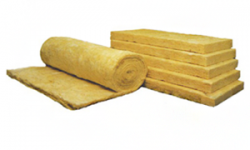 Due to the porous structure, mineral wool is excellent absorbs extraneous noisetherefore protects the room from unnecessary sounds. In addition, this material is very resistant to mechanical damage and deformations of various kinds, and that is why it is characterized by durability and practicality, which can not be said, for example, on polystyrene foam. And the fact that mineral wool will not touch rodentscan also be considered a huge plus. The list of these advantages can also be supplemented with a low price, which makes mineral wool one of the most popular heat insulation materials on the market.
Due to the porous structure, mineral wool is excellent absorbs extraneous noisetherefore protects the room from unnecessary sounds. In addition, this material is very resistant to mechanical damage and deformations of various kinds, and that is why it is characterized by durability and practicality, which can not be said, for example, on polystyrene foam. And the fact that mineral wool will not touch rodentscan also be considered a huge plus. The list of these advantages can also be supplemented with a low price, which makes mineral wool one of the most popular heat insulation materials on the market.
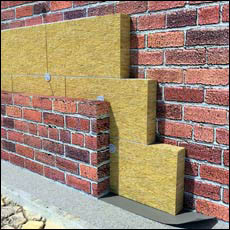 Depending on what material mineral wool is made of, it can be of several types: glass wool, basalt wool and stone wool. Each of these species, with the general advantages of mineral wool, has a number of disadvantages. So, for example, glass wool is very fragile and brittle, and fragments of fibers easily fall into clothes, into the skin, into the respiratory tract of a person, causing harm. That is why you need to work with it only in special protective equipment.
Depending on what material mineral wool is made of, it can be of several types: glass wool, basalt wool and stone wool. Each of these species, with the general advantages of mineral wool, has a number of disadvantages. So, for example, glass wool is very fragile and brittle, and fragments of fibers easily fall into clothes, into the skin, into the respiratory tract of a person, causing harm. That is why you need to work with it only in special protective equipment.
Slaggy It is much less used for wall insulation than other types of mineral wool, due to numerous features: it is fragile, does not withstand high temperatures, and is hygroscopic. Stone wool has a minimal set of drawbacks, and that is why builders often call this type of material mineral wool.
No. 2. Styrofoam (Styrofoam)
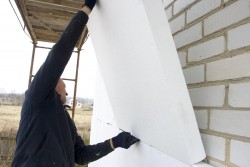 Polyfoam, as the people call polystyrene foam, can only compete with mineral wool in popularity. This is a reliable and proven insulation, to use which often resort if necessary to optimize the microclimate in the room.
Polyfoam, as the people call polystyrene foam, can only compete with mineral wool in popularity. This is a reliable and proven insulation, to use which often resort if necessary to optimize the microclimate in the room.
Polyfoam consists of small granules, which in the manufacturing process under the influence of high temperatures are sintered into a single mass. Between them remain air layers, microcells, therefore, in general, the foam plastic consists of 98% of air. Today, two types of polystyrene foam appear on the market, which differs in nuances and manufacturing technologies: extruded and expanded. The first has smaller granules, it is often used for warming garages, basements, other outbuildings, the second is distinguished by the presence of larger granules, it is used for warming residential buildings.
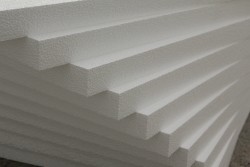 Polyfoam today has received widespread popularity, which is associated with combination of its advantages. So, warming with its help is quite easy to carry out, since it is easy to cut and weighs a little, the material is inexpensive, but it has excellent thermal insulation properties, resistant to moisture, does not absorb it, therefore, on its surface a fungus will not be able to form and develop. In the general list of benefits is also worth adding soundproof properties, resistance to heat, frost, temperature difference.
Polyfoam today has received widespread popularity, which is associated with combination of its advantages. So, warming with its help is quite easy to carry out, since it is easy to cut and weighs a little, the material is inexpensive, but it has excellent thermal insulation properties, resistant to moisture, does not absorb it, therefore, on its surface a fungus will not be able to form and develop. In the general list of benefits is also worth adding soundproof properties, resistance to heat, frost, temperature difference.
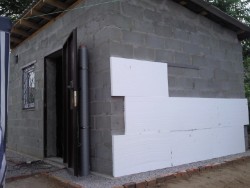 But even such material as polystyrene is not without disadvantages. So, it is characterized by low resistance to mechanical damage, therefore, after installing the thermal insulation, it is necessary to provide an additional layer that will protect it from all kinds of deformations and mechanical influences. In addition, nitro-paints and other coatings on this basis can easily destroy foam. Well, and finally, rodents are not indifferent to polystyrene foam, and it itself is easily ignited and burns, therefore, unlike mineral wool, it can not become a barrier to the spread of fire.
But even such material as polystyrene is not without disadvantages. So, it is characterized by low resistance to mechanical damage, therefore, after installing the thermal insulation, it is necessary to provide an additional layer that will protect it from all kinds of deformations and mechanical influences. In addition, nitro-paints and other coatings on this basis can easily destroy foam. Well, and finally, rodents are not indifferent to polystyrene foam, and it itself is easily ignited and burns, therefore, unlike mineral wool, it can not become a barrier to the spread of fire.
No. 3. Linen boards
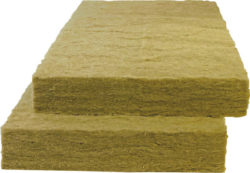 Insulation of external walls linen plates not so popular due to the high cost, but still this method can be called one of the most environmentally friendly, since there is no danger to humans during the installation of such material, and toxic substances are not released during operation, because such insulation is based on natural materials. Linen boards are distinguished by their durability and fire safety, since they do not support combustion, they have high sound insulation and absorb external noise. Naturally, the coefficient of thermal conductivity here is very low, which provides reliable thermal insulation. Such plates are resistant to temperature extremes, have good vapor permeability, ease of installation and low weight, so they are not able to create a strong load on the foundation.
Insulation of external walls linen plates not so popular due to the high cost, but still this method can be called one of the most environmentally friendly, since there is no danger to humans during the installation of such material, and toxic substances are not released during operation, because such insulation is based on natural materials. Linen boards are distinguished by their durability and fire safety, since they do not support combustion, they have high sound insulation and absorb external noise. Naturally, the coefficient of thermal conductivity here is very low, which provides reliable thermal insulation. Such plates are resistant to temperature extremes, have good vapor permeability, ease of installation and low weight, so they are not able to create a strong load on the foundation.
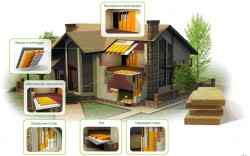 Disadvantage only one, and it has already been mentioned - the high price that you have to pay for environmentally friendly materials, but in return you can get a warm and safe home.
Disadvantage only one, and it has already been mentioned - the high price that you have to pay for environmentally friendly materials, but in return you can get a warm and safe home.
Number 4. Polyurethane foam
Under polyurethane foam insulation understand a mixture of two substances - polyol and isocyanate. When warming, either spraying or pouring into molds is used, but if we are talking about warming the external walls, only the first option is used, and the process itself is very similar to spraying paint.
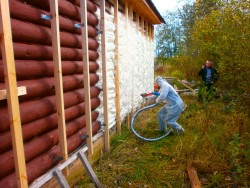 A similar method of insulation is different many advantages. So, the material has low thermal conductivity, excellent waterproofing properties, and is resistant to various chemical aggressive agents. In addition, even a thin layer of such insulation can become a reliable sound insulation for the home, and the material itself does not lose its declared properties in a wide temperature range: from -15000C to +20000C. Such a heater fills all cracks and depressions on the surface of the walls, allows you to create a single monolithic coating, and at the same time perfectly adheres to almost any material, and metal surfaces are protected against corrosion due to such a heater. In addition, polyurethane foam will not become the habitat of rodents or insects, and the installation of the coating is as quick as possible.
A similar method of insulation is different many advantages. So, the material has low thermal conductivity, excellent waterproofing properties, and is resistant to various chemical aggressive agents. In addition, even a thin layer of such insulation can become a reliable sound insulation for the home, and the material itself does not lose its declared properties in a wide temperature range: from -15000C to +20000C. Such a heater fills all cracks and depressions on the surface of the walls, allows you to create a single monolithic coating, and at the same time perfectly adheres to almost any material, and metal surfaces are protected against corrosion due to such a heater. In addition, polyurethane foam will not become the habitat of rodents or insects, and the installation of the coating is as quick as possible.
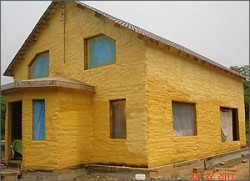 Despite all the advantages of this material, it remains not very popular due to its high price. You will also have to spend money on the services of professionals who use special equipment. It is better not to perform the installation yourself, since the quality of insulation depends largely on the skill of the work performed. In addition, such a heater is best not to be used on an industrial scale, but only in small areas. It is worth noting that he is very afraid of direct sunlight, so he will have to tinker with reliable protection: sheet materials due to the need for fastening will destroy the solidity of the material, so there are two options: plaster or a ventilated facade. But only plaster is able to reliably protect the material from the influence of rays, and this is the only option for finishing the facade.
Despite all the advantages of this material, it remains not very popular due to its high price. You will also have to spend money on the services of professionals who use special equipment. It is better not to perform the installation yourself, since the quality of insulation depends largely on the skill of the work performed. In addition, such a heater is best not to be used on an industrial scale, but only in small areas. It is worth noting that he is very afraid of direct sunlight, so he will have to tinker with reliable protection: sheet materials due to the need for fastening will destroy the solidity of the material, so there are two options: plaster or a ventilated facade. But only plaster is able to reliably protect the material from the influence of rays, and this is the only option for finishing the facade.
No. 5. Ecowool
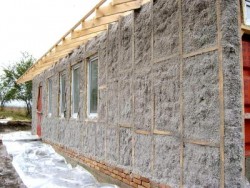 Such material as ecowool is still new for the domestic market, since few people heard about it a couple of decades ago. Now, this insulation begins to enjoy well-deserved popularity. Ecowool itself is 80% composed of cellulose fibers, which means that the result is a seamless material with high thermal insulation. The main disadvantages of wood in the form of flammability and instability to the effects of certain biological factors are eliminated by the addition of some natural components. So, boric acid in the composition protects the material from the influence of rodents and fungi, and borax helps to improve fire resistance.
Such material as ecowool is still new for the domestic market, since few people heard about it a couple of decades ago. Now, this insulation begins to enjoy well-deserved popularity. Ecowool itself is 80% composed of cellulose fibers, which means that the result is a seamless material with high thermal insulation. The main disadvantages of wood in the form of flammability and instability to the effects of certain biological factors are eliminated by the addition of some natural components. So, boric acid in the composition protects the material from the influence of rodents and fungi, and borax helps to improve fire resistance.
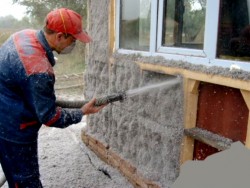 Ecowool as a heater allows you to get a seamless final layer, which means that there will be no cold bridges that can disrupt the thermal insulation of the room. In addition, the material has excellent soundproofing properties, and most importantly, it is as safe and environmentally friendly as possible and does not emit any toxic substances during operation. Ecowool is prone to moisture absorption, but even then it almost does not lose its heat-insulating properties, unlike, for example, some other heaters.
Ecowool as a heater allows you to get a seamless final layer, which means that there will be no cold bridges that can disrupt the thermal insulation of the room. In addition, the material has excellent soundproofing properties, and most importantly, it is as safe and environmentally friendly as possible and does not emit any toxic substances during operation. Ecowool is prone to moisture absorption, but even then it almost does not lose its heat-insulating properties, unlike, for example, some other heaters.
Among the minuses of this type of insulation, it can only be noted that special equipment will be required for installation, and it is difficult to do without the help of professionals.

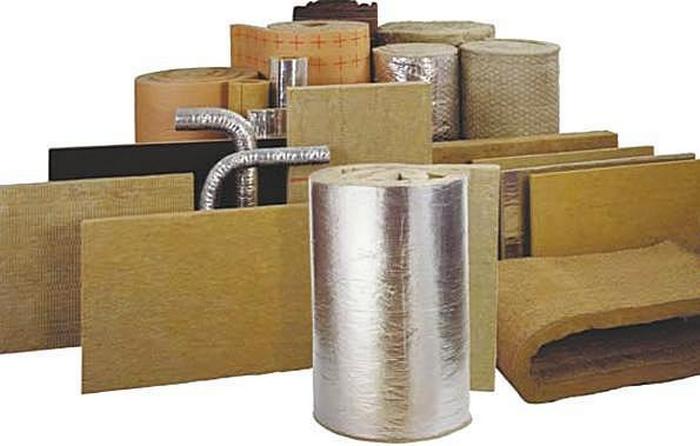
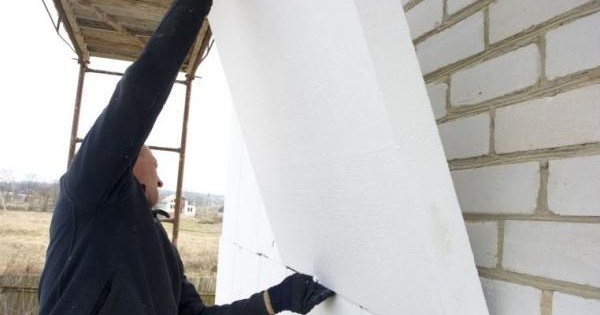
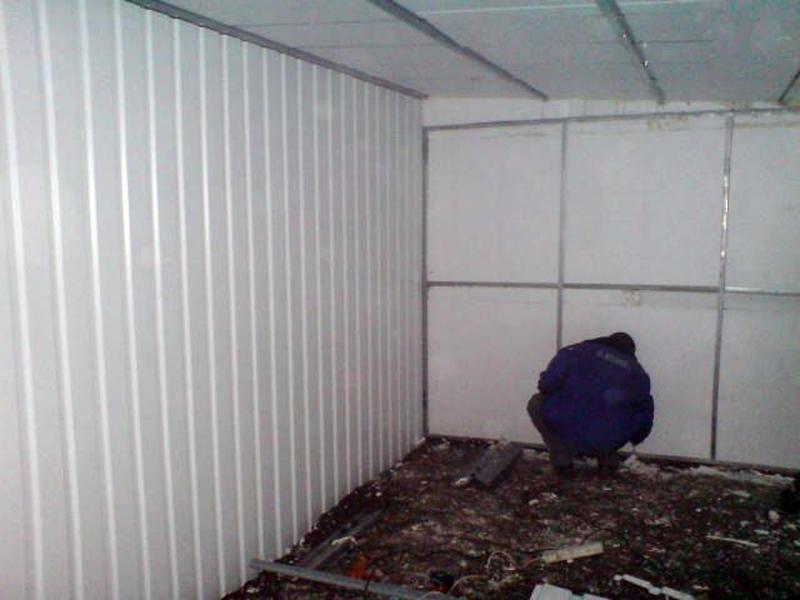
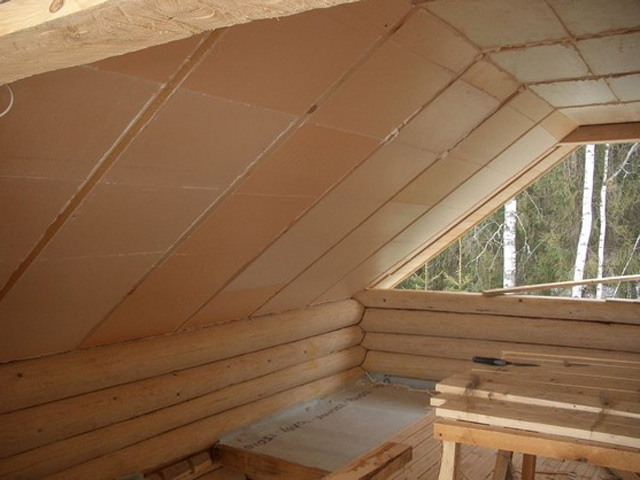
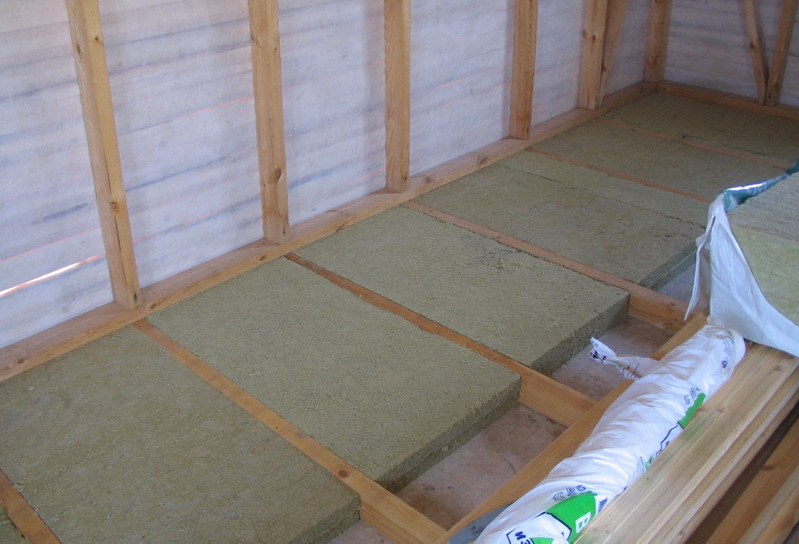

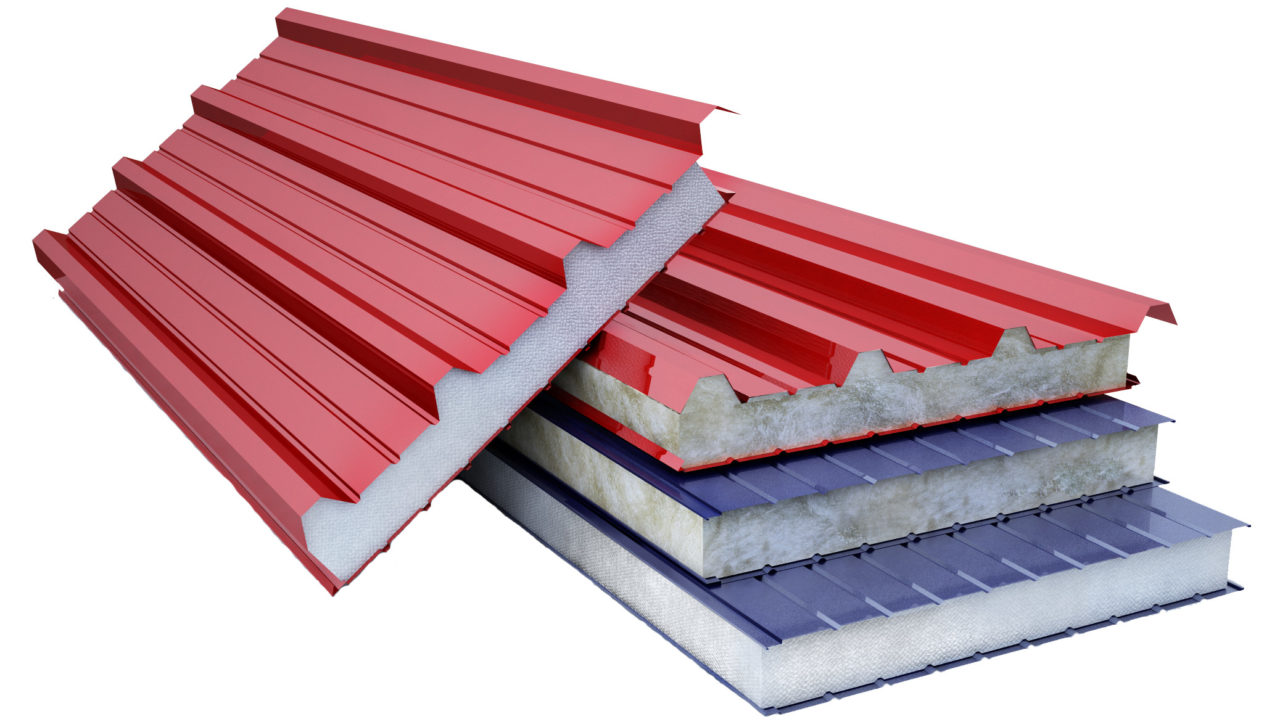
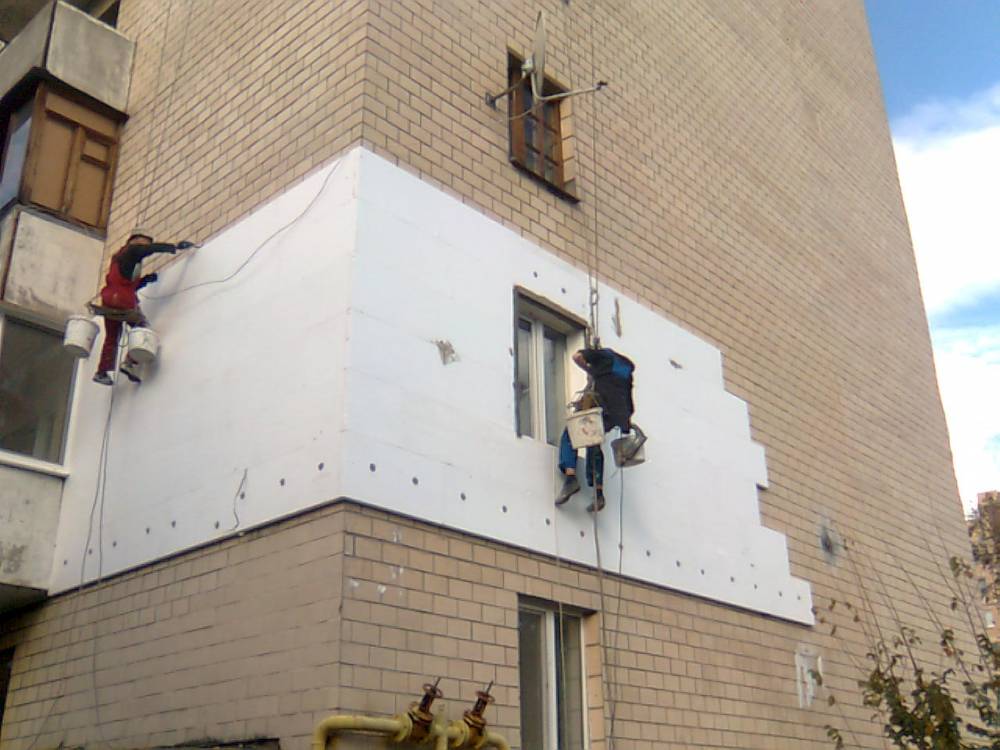
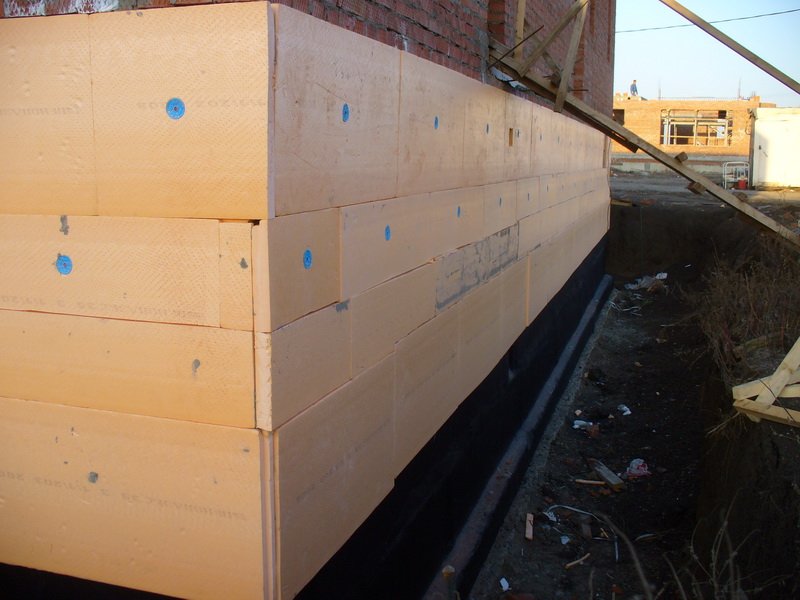
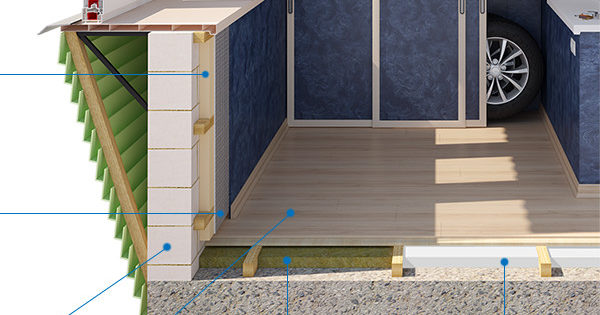
Thanks for sharing! It is clear that today on the market there are many types of materials for thermal insulation. But the best choice is Airgel insulation.It has very low thermal conductivity, so its insulation effect is excellent. In addition, it does not burn and has good hydrophobicity. It refers to environmentally friendly inorganic insulating materials.
You can talk about such a heater as a PIR plate in more detail, because this heater often comes across in reviews, everything seems to be very good, but I want an expert opinion
PIR-plates - a new type of insulation. Judging by the statement of manufacturers, it is much more effective than mineral wool and polystyrene. It is made on the basis of polyisocyanurate foam, on both sides of the plate are covered with a special foil. The material is not afraid of water, does not burn, does not rot. Soon we will devote to him a separate material.
Thanks! I really look forward to material about PIR-plates!
Already appeared article on PIR-plates? Can you give a link? Interesting professional opinion
According to the characteristics, they seem to be good
Yes, the material is ready https://repair.experticuspro.com/en/karina_vajlo/2018/10/18/8-sovetov-po-vyiboru-pir-paneley-pir-paneley-harakteristiki-tsena-proizvoditeli/